Session programme
MITM – Missions, Instrumentation, Techniques, Modelling
Programme group coordinators: Olivier Witasse, Olga Prieto-Ballesteros
MITM2
Convener:
John Robert Brucato
|
Co-conveners:
Marilena Amoroso,
Patricia Beauchamp,
Vincenzo Della Corte,
Simone Pirrotta
Wed, 23 Sep, 17:40–18:00 (CEST)
MITM3
Convener:
Brook Lakew
|
Co-conveners:
Olivier Mousis,
Geronimo Villanueva,
Stephanie A Getty,
David H. Atkinson,
Sami Asmar,
Daniele Durante,
Silvia Tellmann,
Axel Hagermann,
Nicholas Attree,
Günter Kargl,
Mark Paton
Wed, 30 Sep, 11:00–11:20 (CEST)
MITM6
Convener:
Michel Blanc
|
Co-conveners:
Pontus Brandt,
Pascale Ehrenfreund,
Kathleen Mandt,
Merav Opher,
Robert F. Wimmer-Schweingruber,
Olivier Witasse,
Qiugang Zong
Tue, 29 Sep, 17:40–18:00 (CEST)
OPS2
Co-organized by MITM
Convener:
David H. Atkinson
|
Co-conveners:
Sushil Atreya,
Thibault Cavalié,
Leigh Fletcher,
Mark Hofstadter,
Kathleen Mandt,
Olivier Mousis
Mon, 21 Sep, 17:20–17:40 (CEST)
MITM8
Co-organized by TP/OPS
Thu, 01 Oct, 10:40–11:00 (CEST)
MITM9
Wed, 30 Sep, 10:40–11:00 (CEST)
MITM10
Planetary geologic mapping and 3D geological modelling: from collaborative efforts to infrastructure
Mon, 28 Sep, 17:40–18:00 (CEST)
TP12
Co-organized by MITM
Mon, 21 Sep, 11:00–11:20 (CEST)
MITM12
Co-organized by TP
Convener:
Bernard Foing
|
Co-conveners:
Brook Lakew,
Mehdi Benna,
Lynn Carter,
Tilak Hewagama,
Sabrina Kerber,
Marc Heemskerk,
Anna Sitnikova
Wed, 23 Sep, 11:00–11:20 (CEST)
SB7
Co-organized by MITM
Tue, 29 Sep, 17:20–17:40 (CEST)
SB6
Co-organized by MITM/EXO
Conveners:
Dominique Bockelee-Morvan,
Josep Maria Trigo-Rodríguez
|
Co-conveners:
Eleonora Bianchi,
John Robert Brucato,
Mathieu Choukroun,
Marco Delbo,
Xian Shi,
Colin Snodgrass
Tue, 29 Sep, 11:20–11:40 (CEST)
MITM17
Polarimetry as a tool for characterizing dust particles: Observations, Modeling, and Laboratory data
Convener:
Olga Muñoz
|
Co-conveners:
Fernando Moreno,
Antti Penttilä,
A.Chantal Levasseur-Regourd,
Oleksandra Ivanova,
Ludmilla Kolokolova,
Paolo Tanga
Thu, 24 Sep, 10:40–11:00 (CEST)


